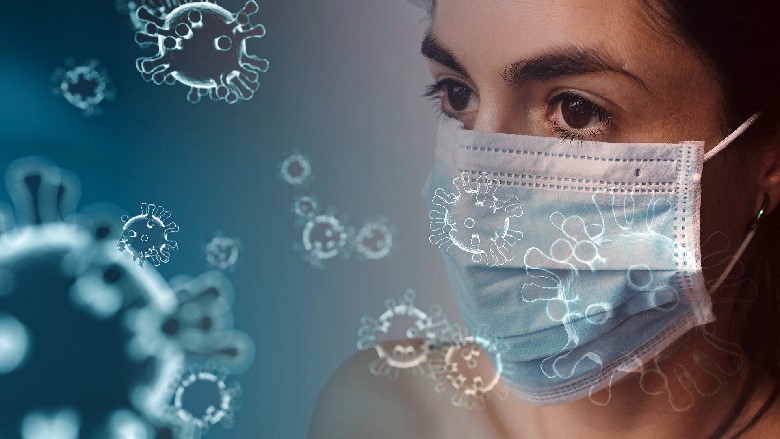Two universities in the US have tested a device that can detect airborne particles of the SARS-CoV-2 virus in ambient air within 2 to 3 minutes. The SARS-CoV-2 virus leads to COVID19 disease. The device has been developed by the company called Smiths Detection. The company has claimed that the test device has sensitivity equal to RT PCR testing. Experts have said that the test device is available in the US commercially. The officials of the company are preparing for a global rollout of the test device as well. Health experts have said that the ideal way of detecting the SARS-CoV-2 virus is the reverse transcriptase-polymerase chain reaction (RT-PCR) test. In this test, a sample is taken from the patient to transform the viral RNA into DNA with the help of one enzyme before separating this DNA into single strands thermally. The complementary fragment is included in a sequence of the helix that is found only in the virus. It will recreate a short section of double helix if and only if the virus is present in the patient’s sample. On the other hand, PCR tests can take a long time to deliver a result and in meantime, a positive patient might end up infecting many people. Tests that deliver rapid results such as Rapid Antigen Test (RAT) are said to be less sensitive. The officials of the company have said that an asymptomatic patient might not have any reason to give the sample for testing but they might be infecting others, in such a case, a device that can detect the virus particles much faster in the ambient air might be very useful.
The chief scientist of the company, Andrew Flannery has said that initially, their focus has been on biothreats that are intentionally released. The company has developed BioFlash Biological Identifier to detect toxins such as ricin and viruses like the anthrax bacterium around 10 years ago. This device is being utilized by the US government and other companies such as couriers as of now. In their BioFlash system, they have used a technology called Canary that has been developed by experts from the Massachusetts Institute of Technology. Experts have said that genetically modified genes attach to one particular target such as a toxin or a virus and as they bind, they emit light. The Canary technology has replicated the same genes that jellyfish uses to be bioluminescent. New Smiths Detection device has used the Canary platform in sensors to detect viruses and to track the heaths of plants in agriculture. Scientists have thought that if BioFlash can identify the SARS-CoV-2 virus, it might be able to detect unintentional virus spread by the infected people as well. They have found antibodies that can particularly attach to the SARS-CoV-2 virus. They have screened many antibodies that have been resistant to any mutations that might take place and result in false negatives to ensure that they have picked the right one. Scientists have said that this way, they will be able to detect different variants of the virus as well that might emerge in the future.
They have done two real-world tests so far. One test has been done at the University of Maryland, Baltimore and the other one has been done at the University of Oregon. The test that has been done at the University of Maryland has detected the virus particles in the locker room. It has led to three positive diagnoses in the sports team. The Oregon test has identified the particles of the virus exhaled by quarantined patients who have tested positive for COVID19. The managing director of the company, Warren Mino has said that their discovery will help in the COVID mitigation strategy of the country. Scientist Laura Lechuga from the Catalan Institute of Nanoscience and Nanotechnology has said that until now, there is no sure shot solution for on-site detection of the SARS-CoV-2 virus in ambient air, which can be commercially available. However, the device that has been developed by Smiths Detection might be the first detector that might be able to do it. She has said that there are many academic studies on such detectors going on an industrial level but not even one has reached close to commercialization. Laura Lechuga has said that detecting viruses in the air is quite hard due to the influence of the way air sampling is done. She has noted that usually pathogens are present in the air at a very low level.
